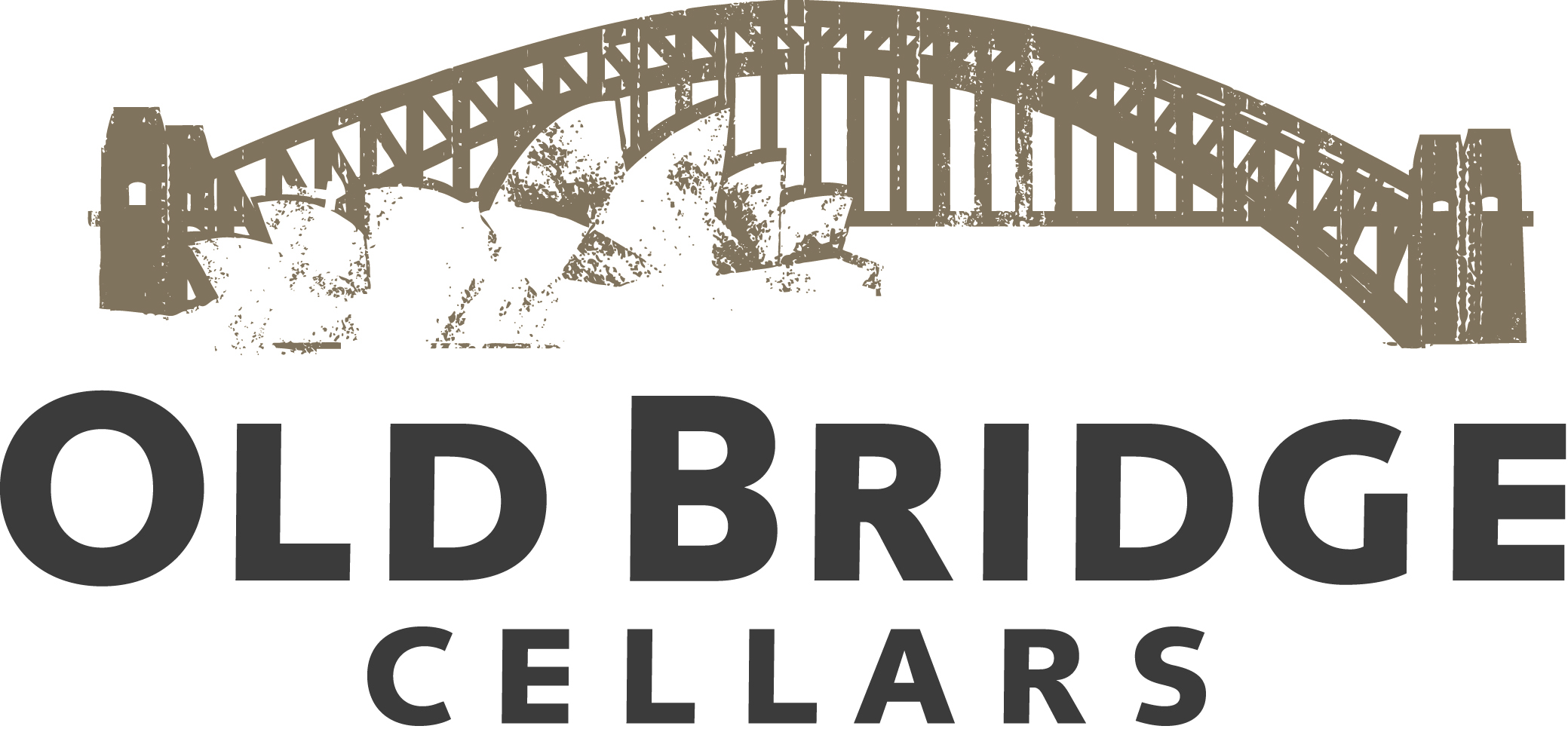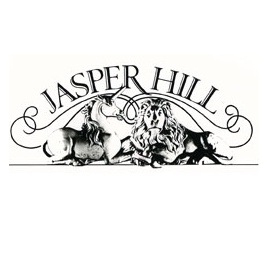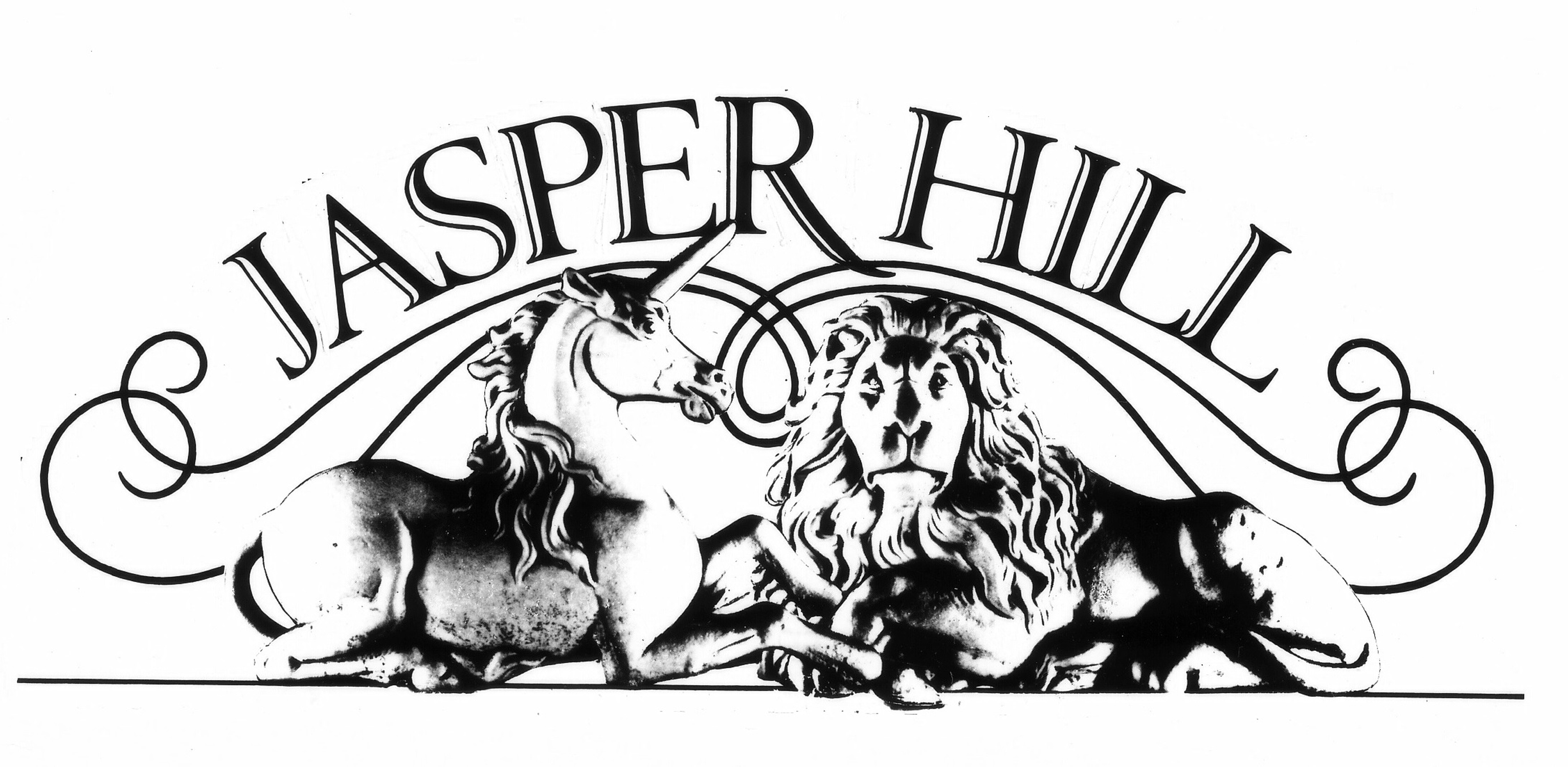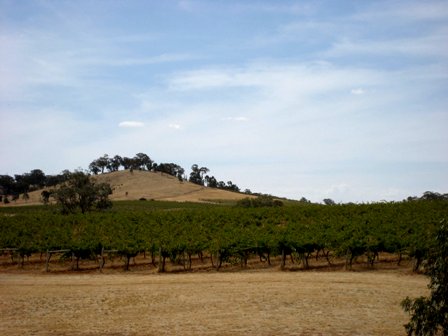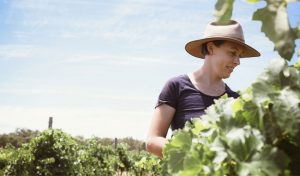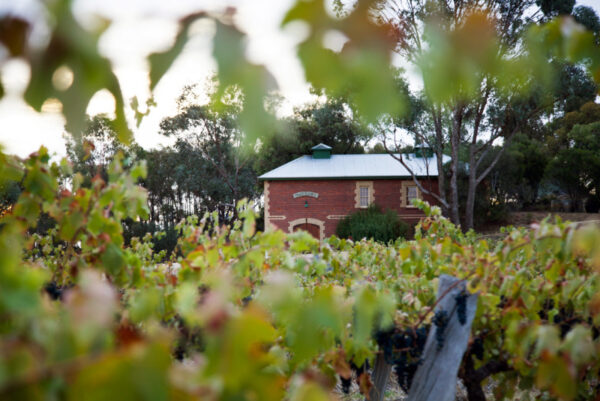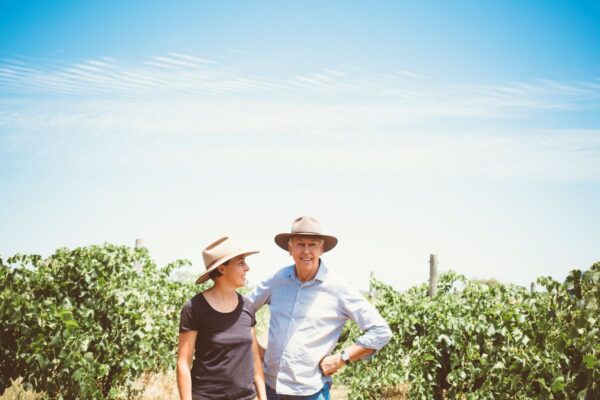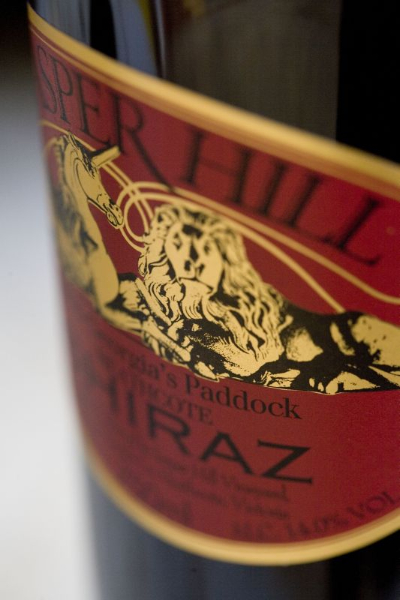- Founded
- 1975
- Owner
- The Laughton Family
- Winemaker
- Ron Laughton & Emily Laughton McNally
- Size
- 60 acres
- Climate
- Continental - warm days tempered to crisp, cool nights
- Key Varietals
- Shiraz, Riesling
Heathcote, Australia

Wines
Georgia's Paddock Riesling
Emily's Paddock Shiraz
Georgia's Paddock Shiraz
Occam's Razor Shiraz
Don’t see what you’re looking for? Contact us at marketing@obcwines.com
"No Shiraz in Australia has reflected its site and its vintage with more fidelity down the years than Ron Laughton's Jasper Hill, the wine which first sprung a spotlight onto Heathcote."
About
Established in 1975 by Ron and Elva Laughton, Jasper Hill produces some of Australia’s most individual and compelling Shirazes. Situated in the Heathcote region of Central Victoria, the estate has been largely responsible for establishing this area as one of Australia’s greatest red wine regions. The 60 acre property comprises three vineyards, two of which are named after Ron and Elva’s daughters, Emily and Georgia; all are positioned on ancient Cambrian soils unique to this area. Beyond these exceptional sites, it is the Laughtons’ commitment to low yields, dry farming and non-interventionist, biodynamic viticultural practices that place Jasper Hill among Australia’s premier producers.
Visit WebsiteWinemaking
Georgia’s and Emily’s Paddocks yield fruit with a personality as distinct as each of Ron and Elva’s two daughters, thus winemaking focuses on preserving these inherent flavors. Though “minimal intervention” is widely touted in the industry, the Laughtons are serious practitioners, adopting an old-fashioned, “less is more” approach. Additions are few; the wines are nurtured rather than interfered with. Common acid adjustments are not necessary in the Laughton winery, nor are additions of yeast or nutrients. Ferments run their natural course without cooling, malolactic fermentation occurs spontaneously and none of the Jasper Hill wines undergo fining prior to bottling in their on-site bottling-line. Put simply, these wines make themselves; they are a pure expression of terroir, as unique as the land on which they were grown. And Ron Laughton sleeps soundly knowing he has made his wine in the cleanest, simplest way possible.
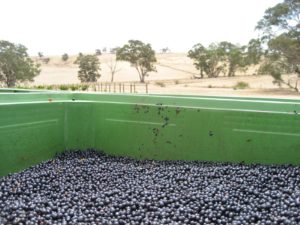
Vineyards
Georgia’s Paddock
30 acres planted to Shiraz, naturally low yielding at approximately 1.2 tons/acre – 7.5 acres planted to Riesling, yielding approximately 1.2 tons/acre
Emily’s Paddock
7.3 acres planted to Shiraz, naturally low yielding at 0.8 ton/acre
Viticulture
The ancient Cambrian soils of these vineyards, some 500 million years old, occur in a narrow north/south strip between two parallel faults. Predominantly red/brown gravelly loam over basaltic bed rock, the deep soils support low-vigor vine growth without the need for irrigation. The vineyards are positioned at an elevation of 1000 feet, enjoying Heathcote’s warm days while benefiting from crisp, cool nights. The hand-tended vines have been organically farmed and dry-grown since inception. The Laughtons produce their own organic compost for inter-row mulching, leading to broad bio-diversity that offers depth and intensity in the wines. In this environment the vines require none of the usual leaf plucking or crop thinning to produce yields of just one ton per acre. The vines are healthy, their tiny, intensely colored berries offering impeccable balance of sugar, flavor and natural acidity.
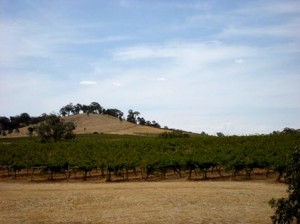
Vineyards Cultivated Using Organic Practices
No synthetic chemicals have ever been applied to the soil or vines; the vineyards are totally organic; no insecticides, no herbicides, no fungicides other than an occasional elemental sulfur or Bordeaux mixture application, and no artificial fertilizers. Jasper Hill produces their own organic compost for vineyard dressing. The soil surface is either covered in mulch derived from vine prunings, leguminous cover crops and native grasses, or is lightly cultivated, with aeration. Minimal tillage is practiced, within and between vine rows, using lightweight 4WD tractors to minimize soil compaction.
Summer pruning, leaf plucking or crop reduction are not necessary, in the balanced, open canopy. Soil organic matter is high, allowing great bio-diversity in micro flora and fauna and supporting large earthworm populations – all beneficial for natural soil fertility.
Over the last few years, Biodynamic principles have been slowly introduced as they accept and learn more about this holistic approach to agriculture, first articulated by Rudolph Steiner early in the 20th century.
All pruning is done by hand. Although labor intensive, Jasper Hill favors cane pruning in this climate. The vineyards are picked by hand, utilizing the skills of a dedicated team of locals.
Soils/Topography
Both Emily’s Paddock and Georgia’s Paddock soils are derived from rock of Cambrian age (500 million years). Generally, the deep bed rock is Basaltic in nature. The soils are unusually deep, over 9 feet in most places, friable red brown ferruginous gravelly loam, on well drained slopes.
Unique in Victoria , the Cambrian soil occurs in a narrow, non-contiguous North/ South strip between two parallel faults and is typically only around 900 feet wide. The faults give rise to a complex mineralogy. (Gold is still mined in Heathcote, but the vineyards are not in the auriferous zone).
Both vineyards are on elevated hillsides at an altitude of 1,000 feet and are approximately 1 mile apart. Emily’s Paddock has a NE aspect and shallower soil, while Georgia ‘s Paddock has a NW aspect and deeper soil.
Climate
The annual rainfall of a low 23 inches is winter / spring dominant, with dry summers and little or no rain from December, until after vintage in April. Situated on the inland slopes of the Great Dividing Range, the climate is Continental, with low humidity during the growing season.
The deep soil enables healthy, low vigor vine growth, without irrigation. The climate can be classified as cool/warm, with a Heat Summation of 1420 Celsius Degree Days. Frost during the early growing season is normal in the district, but not on the high vineyard slopes. Vintage commences during the first half of April, indicating a relatively cool climate.
